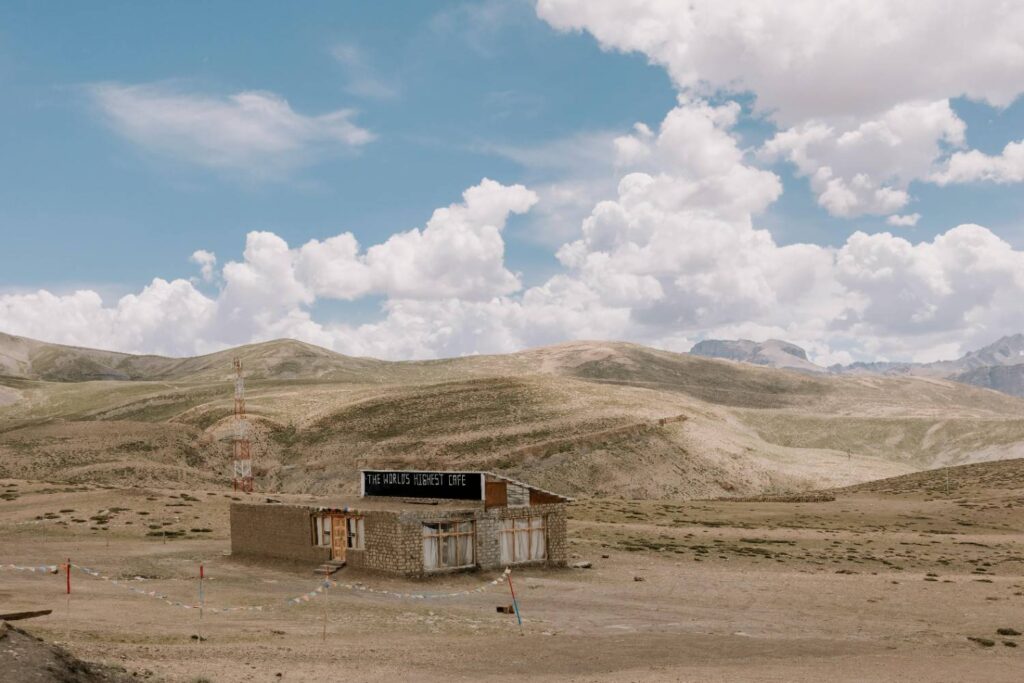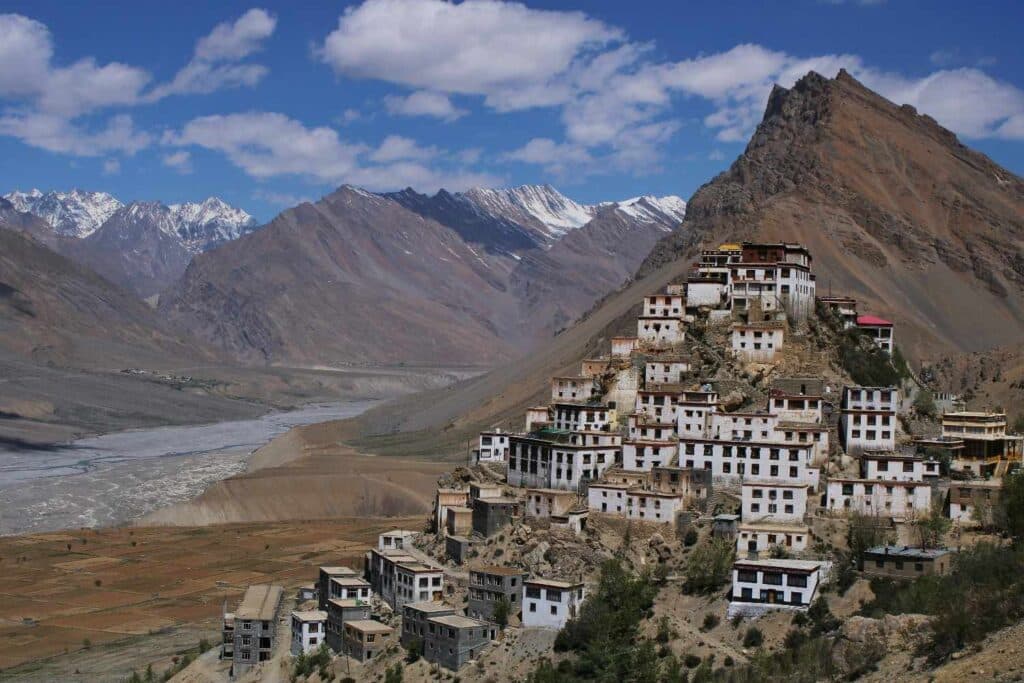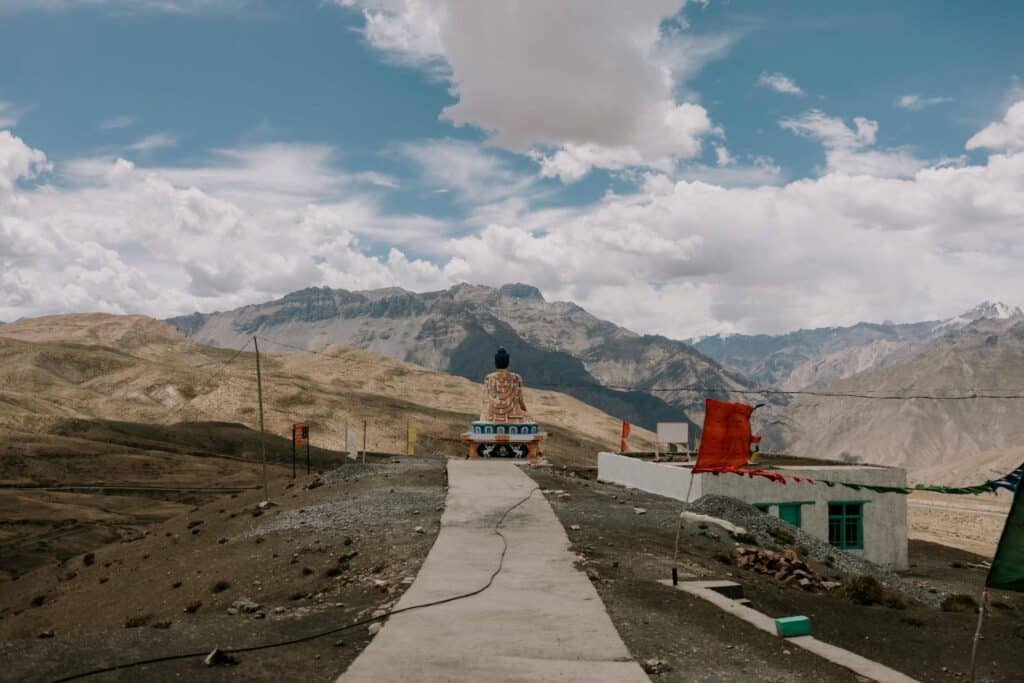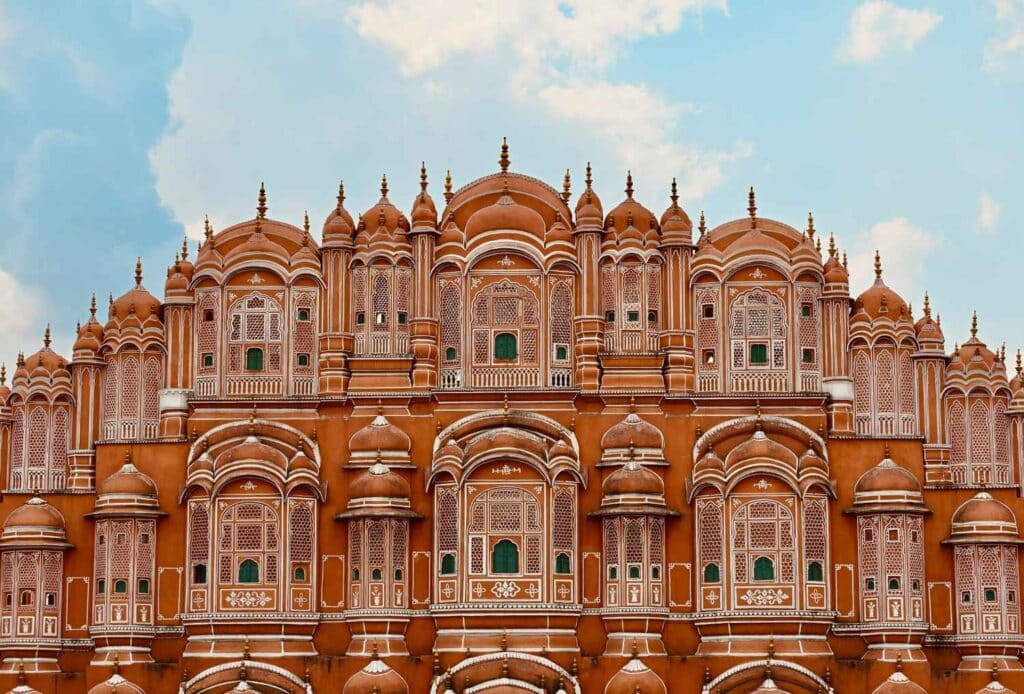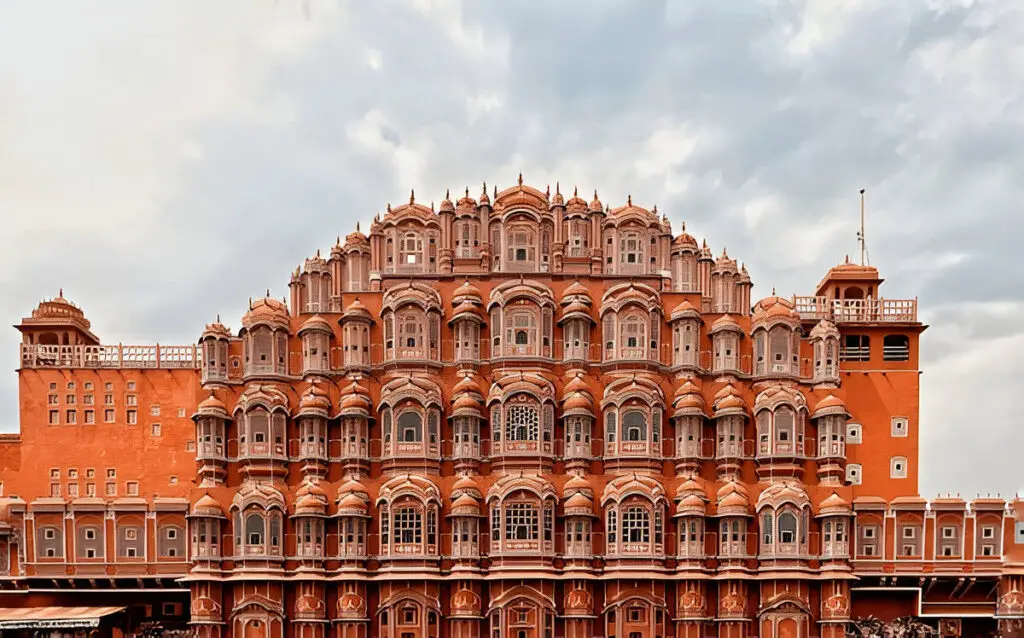Nestled in the Lahaul and Spiti district of Himachal Pradesh, Chandratal Lake is one of the most mesmerizing high-altitude lakes in India. Often referred to as the “Moon Lake,” this stunning crescent-shaped body of water attracts trekkers, campers, photographers, and nature enthusiasts from across the world. As we look ahead to Chandratal Status in 2025, it’s crucial to understand the latest updates on road accessibility, weather conditions, permits, and overall travel preparedness for a safe and enjoyable journey.
Chandratal Lake Opening Dates 2025
Chandratal remains inaccessible during winter months due to heavy snowfall. Typically, the lake becomes reachable only after the Kunzum Pass opens, which usually occurs in late May or early June, depending on the severity of winter.
✅ Expected Opening Date for Chandratal in 2025:
Between 25 May – 5 June 2025
✅ Expected Closing Date for Chandratal in 2025:
By 10–15 October 2025
The window for visiting Chandratal is narrow, so timely planning is essential. Early June might still pose challenges due to melting snow, while October might face early snowfall, blocking access.
Chandratal Lake Road Status 2025
The road to Chandratal Lake is a rugged mountain trail accessible via Manali – Rohtang Pass – Gramphu – Batal – Chandratal or from Kaza – Kunzum Pass – Chandratal.
🚧 Current Road Status (as of July 2025):
- Manali to Gramphu: Open and operational
- Gramphu to Batal: Operational, but caution advised due to narrow patches and water crossings
- Batal to Chandratal: Open for 4×4 vehicles and bikes
- Kaza to Chandratal via Kunzum Pass: Open
Note: The final 14 km stretch from Batal to Chandratal is unpaved, with multiple streams cutting across the road, requiring skilled driving and preferably SUVs or motorcycles.
Weather at Chandratal Lake in 2025
Being located at 4,300 meters (14,100 ft) above sea level, Chandratal experiences extreme alpine weather throughout the year.
| Month | Day Temperature | Night Temperature | Weather Highlights |
|---|---|---|---|
| June | 10–15°C | 0 to -2°C | Clear days, melting snow |
| July – August | 12–18°C | 2 to 5°C | Peak season, monsoon clouds |
| September | 10–14°C | -1 to 2°C | Best skies, least crowd |
| October | 5–10°C | -5 to -8°C | Cold, high chance of snow |
Visitors must carry thermal clothing, windproof jackets, UV-protected sunglasses, and sunscreen irrespective of the season. Oxygen levels are lower, so acclimatization is necessary.
Camping and Accommodation Near Chandratal
There are no hotels at Chandratal. Visitors can choose from the following:
🏕️ Chandratal Campsites
- Located around 2 km before the lake, overnight camping at the lake itself is prohibited to preserve the fragile ecology.
- Camps are seasonal, operational from mid-June to late September.
- Amenities include basic tents, bedding, meals, bonfire, and dry toilets.
🛌 Stay at Batal
- Chacha-Chachi Dhaba at Batal offers dormitory beds, food, and basic shelter.
- No mobile connectivity or electricity – a true off-grid Himalayan experience.
How to Reach Chandratal Lake
There are two major access routes:
✅ Route 1: Via Manali
- Manali – Rohtang Pass – Gramphu – Chhatru – Batal – Chandratal
- Total Distance: ~140 km
- Travel Time: 7–9 hours
- Best for: Adventure bikers, trekkers, and off-road drivers
✅ Route 2: Via Kaza
- Kaza – Kunzum Pass – Chandratal
- Total Distance: ~50 km
- Best for: Visitors doing Spiti Valley circuit
- Less water crossings than the Manali side
Note: Rohtang Pass requires a permit, which can be applied online via the Himachal Pradesh Tourism Portal.
Permit Requirements for 2025
As of current government policy:
- Indian Citizens: No special permit is needed for Chandratal via Spiti or Manali.
- Foreign Nationals: No permit required for Chandratal, but Inner Line Permit is required for other parts of Spiti Valley.
Always carry valid ID proofs, medical kit, and vehicle documents.
Mobile Connectivity and Emergency Services
- No mobile network is available at Chandratal or Batal.
- The last reliable signal is near Kaza or Gramphu (BSNL/Airtel).
- No ATMs, no petrol pumps, or mechanical support beyond Kaza/Manali – fuel up and prepare in advance.
- In case of an emergency, nearest help may be found at:
- Chhatru ITBP Camp
- Kaza Hospital
- Manali Rescue Teams
Travel Tips for Chandratal Lake Trip 2025
- Avoid night driving – roads are dangerous after sunset.
- Waterproof shoes are a must for walking around the lake.
- Keep an extra day in your itinerary in case of landslides or weather delays.
- Carry sufficient drinking water and energy bars.
- Travel in a group if possible – solo travelers may face difficulty with logistics and emergencies.
Chandratal Trekking Opportunities
Those who enjoy trekking can undertake a moderate trek from Kunzum Pass to Chandratal, a 9 km scenic route ideal for acclimatization and experiencing raw nature.
- Trek Time: 4–6 hours
- Altitude Gain: ~500 meters
- Permit: Not required
- Recommended to carry a local guide, especially during early or late season.
Environmental Guidelines at Chandratal
Chandratal is a high-altitude wetland under Ramsar protection. We encourage all visitors to:
- Avoid plastics
- Carry all waste back
- Use dry toilets
- Respect wildlife and natural surroundings
- Avoid playing loud music
Best Time to Visit Chandratal in 2025
| Month | Why Visit |
|---|---|
| June | Snow on roadside, fewer tourists |
| July | Peak greenery, camps fully operational |
| August | Ideal for photographers, lush Spiti views |
| September | Clear skies, minimal water crossings |
| October | Off-season vibe, autumn colors, but very cold |
Chandratal in 2025 – Final Thoughts
Chandratal Lake in 2025 promises a pristine escape into the heart of the Himalayas, with its turquoise waters, dramatic mountain backdrops, and star-studded skies. Whether you’re planning a short trip via Manali or a longer Spiti Valley circuit, ensure vehicle readiness, health preparation, and eco-consciousness for a rewarding experience.
For the most accurate and up-to-date information, we recommend checking HP PWD road status bulletins and local weather forecasts before your journey.
1. Is Chandratal Lake open for tourists in 2025?
Yes, Chandratal Lake typically opens for tourists every year between mid-June and early October, depending on weather and snow clearance. For 2025, the lake is expected to open around June 10–15, subject to BRO (Border Roads Organisation) updates.
2. What is the expected opening and closing date of Chandratal Lake road in 2025?
In 2025, the Chandratal Lake road is expected to open around June 10–15, and it generally closes by October 10–15, once snowfall begins. The Kunzum Pass route must be open for Chandratal access, and that depends on how soon the snow melts in Spiti Valley.
3. What are the current road conditions on the route to Chandratal Lake?
The road to Chandratal Lake is rough, narrow, and mostly unpaved. It includes steep climbs, water crossings, and rocky patches, especially from Batal onwards. A high-ground clearance vehicle (like an SUV) or off-road-ready bike is recommended. Real-time updates should be checked with local BRO or Kaza authorities during your travel window.
4. Can I reach Chandratal Lake by car or motorcycle in early May 2025?
No, Chandratal is not accessible in early May 2025. The road from Batal to Chandratal and Kunzum Pass will still be closed due to heavy snow accumulation. The route becomes accessible only after mid-June, once snow is cleared.
5. Is Chandratal accessible from Manali via Kunzum Pass in 2025?
Yes, but only after mid-June 2025. The Manali–Rohtang–Kunzum–Chandratal route is a popular option, but access is completely dependent on the Kunzum Pass opening, which usually happens by early to mid-June. You must check for updated road status from the Atal Tunnel to Batal.
6. Are permits required to visit Chandratal Lake in 2025?
No permits are required for Indian tourists visiting Chandratal Lake, but if you’re coming via Rohtang Pass (from Manali), you’ll need a Rohtang Permit, which can be booked online. Foreign nationals may need to register at certain check-posts, but no special permit is required for Chandratal.
7. What are the weather and temperature conditions at Chandratal in June 2025?
In June 2025, Chandratal Lake will be cold. Daytime temperatures range between 5°C to 12°C, while nighttime can drop to -2°C to 3°C. Weather is usually clear, but unexpected snowfall or rain can occur in early June. Always carry proper woolens and thermal gear.
8. Is camping allowed at Chandratal Lake in 2025, and what are the stay options nearby?
Camping is allowed, but not directly at the lakefront. Camping is permitted about 1.5 to 2 km away from the lake in designated eco zones to protect the fragile ecosystem. Multiple private tents and campsites operate near the lake during the open season. Options range from budget tents to luxury Swiss tents, usually available from mid-June to early October.
9. Has snowfall affected the road status to Chandratal in April or May 2025?
Yes, heavy snowfall during winter 2024–2025 is likely to keep the road closed till mid-June. In April and May 2025, snow will block Kunzum Pass, making the lake completely inaccessible by road. Snow clearance by BRO typically starts in late April but can take 6–8 weeks depending on accumulation.
10. Which is the safest route to reach Chandratal Lake in 2025 for solo travelers or families?
The safest and most common route is:
Manali → Atal Tunnel → Gramphu → Batal → Chandratal
However, this route is challenging and isolated. For solo travelers or families, it’s advised to:
Travel in a convoy or with a tour operator
Use a 4×4 vehicle or hire a local driver familiar with the terrain
Avoid night driving, and carry essential supplies including food, water, and a first-aid kit
Additionally, acclimatization is critical—spend a day or two in Manali or Kaza before heading to higher altitudes.

